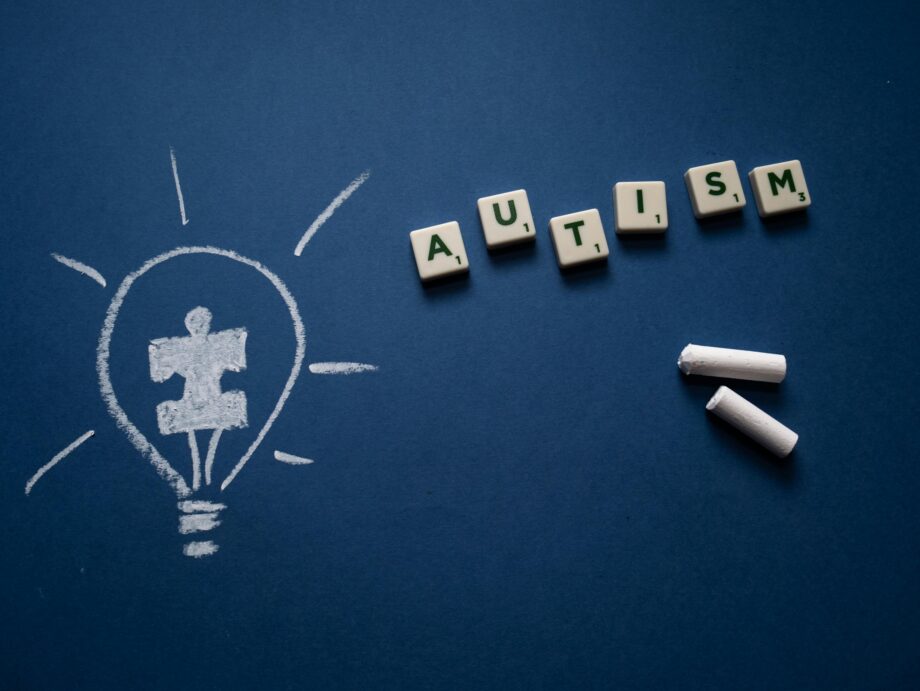It’s normal, as a mother or father, to start asking yourself questions. Why isn’t my child speaking yet? Why does he avoid eye contact? Why does he seem to be “in his own world” or get upset over small things? These questions don’t make you weak or dramatic — they make you present. And sometimes, they also make you feel alone.
This article is here to help you understand what autism is and how to recognize early signs in childhood — without alarmism, but with the empathy and clarity that many families need in those first moments of confusion.
What is autism?
Autism, also known as Autism Spectrum Disorder (ASD), is a form of neurodivergence that affects how a person perceives, processes, and interacts with the world. It is not a disease. It is not a punishment. And above all, it is not a sentence.
It is a different way the brain develops, which can impact areas such as communication (verbal and nonverbal), social interaction, behavior, and interests.
But it is equally important to clearly say what autism is not:
❌ It is not a psychological problem.
❌ It is not something that can be “cured” or “fixed.”
❌ It is not the result of poor parenting.
❌ It is not a tragedy.
Autism does not need to be corrected — it needs to be understood and accompanied with respect. Every autistic child is unique. There is no single way to be autistic, and that is why we talk about a “spectrum.” What they need is not to be changed, but to be listened to and supported in an environment where they can grow into themselves.
What are the early signs of autism in young children?
Autism can manifest in many ways, and not all children show the same signs. However, some of the most common signs between 12 months and 3 years of age include:
- Does not respond when called by name
- Avoids eye contact or holds it only briefly
- Does not point to share interest
- Has delayed speech or does not speak
- Repeats certain movements (flapping, rocking, spinning objects)
- Is very sensitive (or underreactive) to sounds, lights, or textures
- Plays in a repetitive or less imaginative way
- Has difficulty adapting to changes or new routines
Important: One sign alone does not mean autism. But if you feel that something “doesn’t quite fit” or that your child communicates differently from others their age, trust your intuition. Seeking professional guidance isn’t jumping to conclusions — it’s caring with awareness.
When to seek help?
The sooner you understand how your child experiences the world, the sooner you’ll be able to support them in the way they truly feel and live. It’s not about diagnosing out of fear, but about looking with love and clarity.
You can talk to a trusted pediatrician, a child psychologist, a developmental neurologist, or an interdisciplinary early evaluation team.
A professional evaluation is not meant to label your child, but to offer tools that help them grow with support — and help you, as a mother or father, feel less alone in the process.
This space exists for you, and because you matter.
Every journey with an autistic child is different. For some families, it may be more peaceful; for others, more difficult and lonely. There is no single way to experience it, and no one right pace to accept, learn, or adapt.
This space exists because I know —from personal experience and from years of walking alongside other mothers— that information doesn’t always come with love, and that love, without the right tools, can slowly wear down in silence.
That’s why Kaynizen and my books were born with a clear mission: to accompany, raise awareness, share, and support. They are for the mothers who love despite everything, who fight against misinformation, who protect their children even when the world doesn’t understand them. This space is for you.
You are not alone.
And raising differently is also raising with courage.
Emmy Lys
Special Education Teacher

